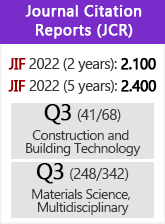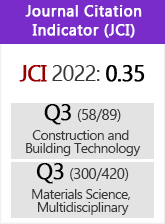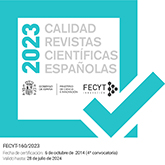Macroscopical morphology of deterioration of the stone in the Cathedral of Cádiz, Spain
DOI:
https://doi.org/10.3989/mc.1990.v40.i220.761Abstract
Two factors have determined the actual deterioration state of the Cathedral of Cádiz, one is natural and the other is anthropogenic. On one hand, the presence of salts conditioned by atmospherical environment and saline solutions of the rising damp; on the other hand, the vicissitudes suffered by the temple during its construction, having been unprotected for long periods of time both internally and externally the bad use of the building and the little maintenance carried out on it. The crystallization and dissolution, and salt hydratation and dehydratation mechanisms have provoked serious deteriorations in the foreign lithotypes: spalling in compact limestones, chipping and pulverizations in marbles; the autochthonous “ostionera", well-balanced in the medium, presents a good state of conservation. The interior of the Cathedral, contrary to the normal, is much more degraded than the exterior.
Downloads
Download data is not yet available.
Downloads
Published
1990-12-30
How to Cite
Alcalde, M., & Martín, A. (1990). Macroscopical morphology of deterioration of the stone in the Cathedral of Cádiz, Spain. Materiales De Construcción, 40(220), 5–27. https://doi.org/10.3989/mc.1990.v40.i220.761
Issue
Section
Research Articles
License
Copyright (c) 1990 Consejo Superior de Investigaciones Científicas (CSIC)

This work is licensed under a Creative Commons Attribution 4.0 International License.
© CSIC. Manuscripts published in both the printed and online versions of this Journal are the property of Consejo Superior de Investigaciones Científicas, and quoting this source is a requirement for any partial or full reproduction.All contents of this electronic edition, except where otherwise noted, are distributed under a “Creative Commons Attribution 4.0 International” (CC BY 4.0) License. You may read here the basic information and the legal text of the license. The indication of the CC BY 4.0 License must be expressly stated in this way when necessary.
Self-archiving in repositories, personal webpages or similar, of any version other than the published by the Editor, is not allowed.

















